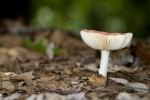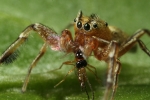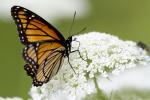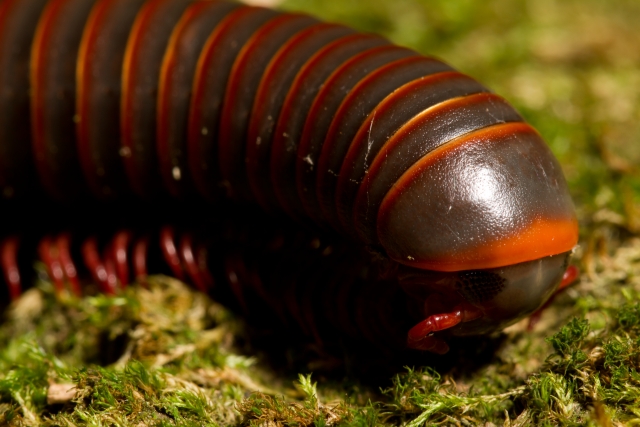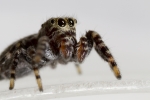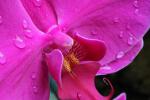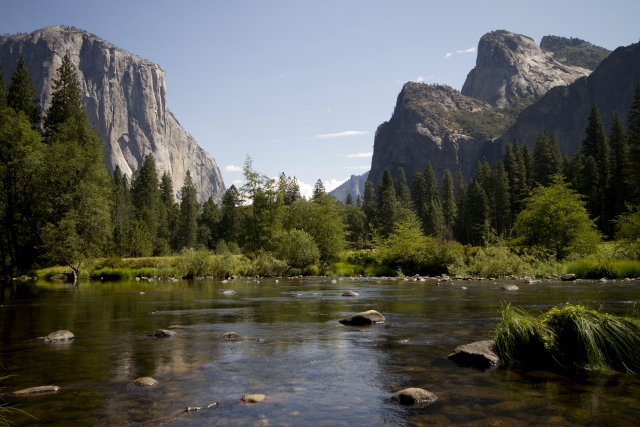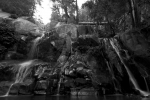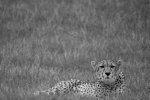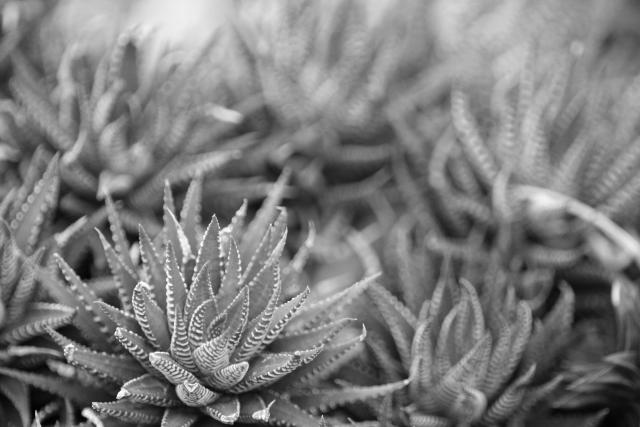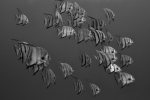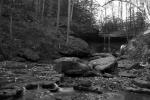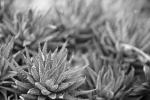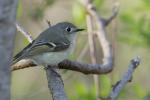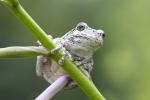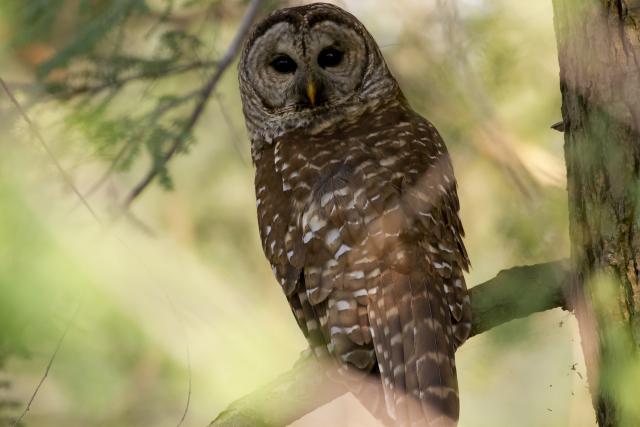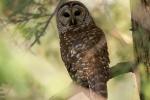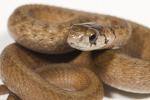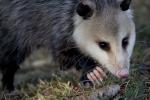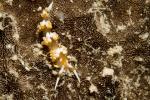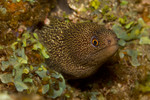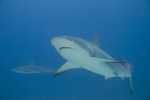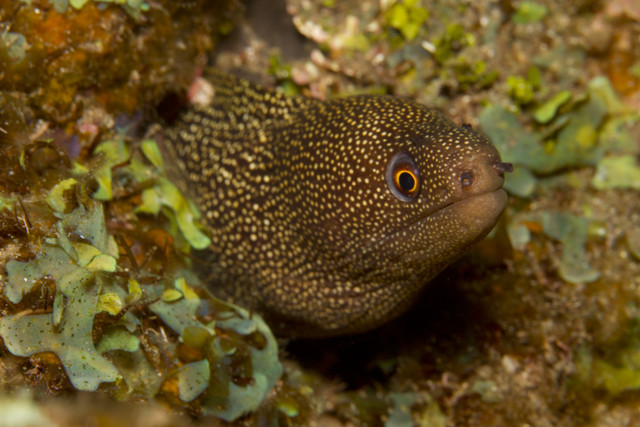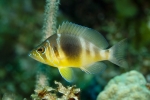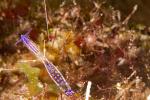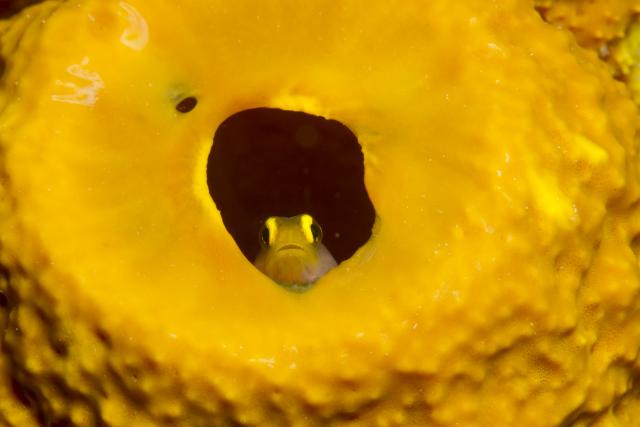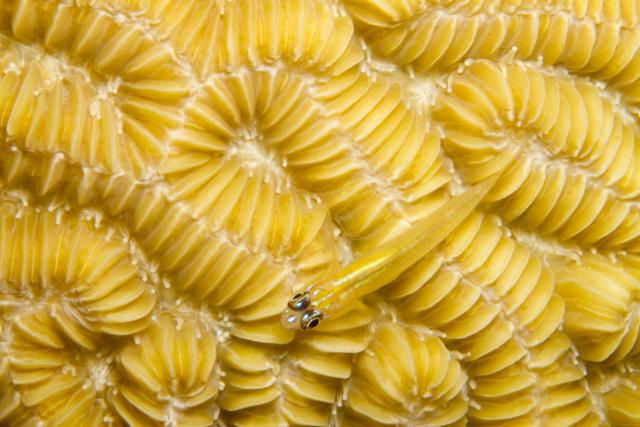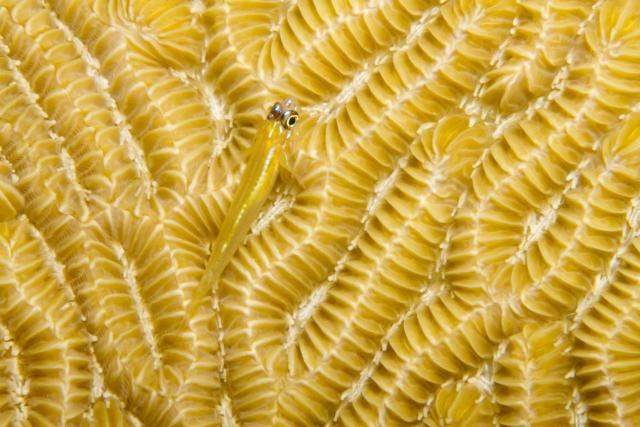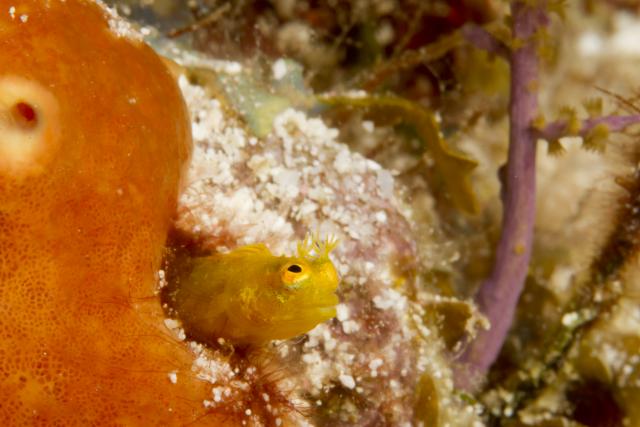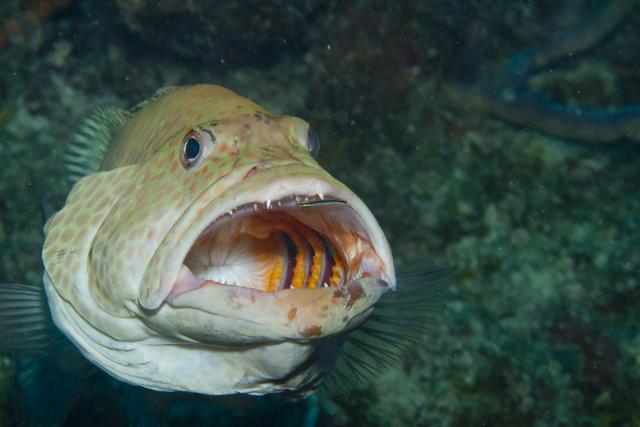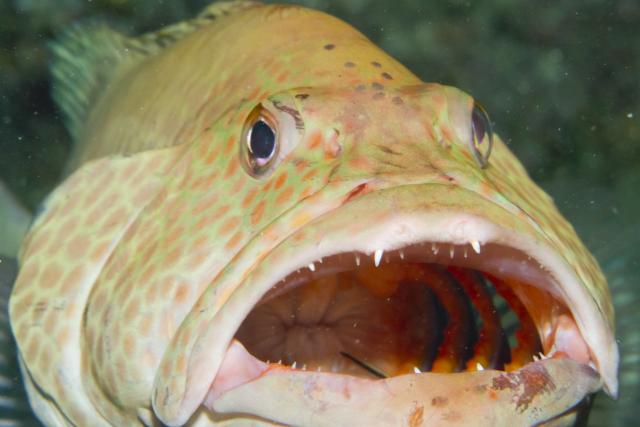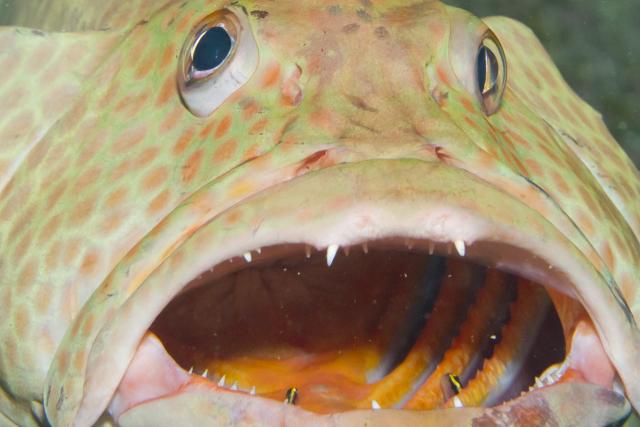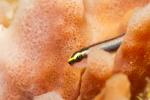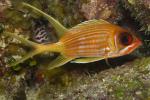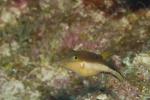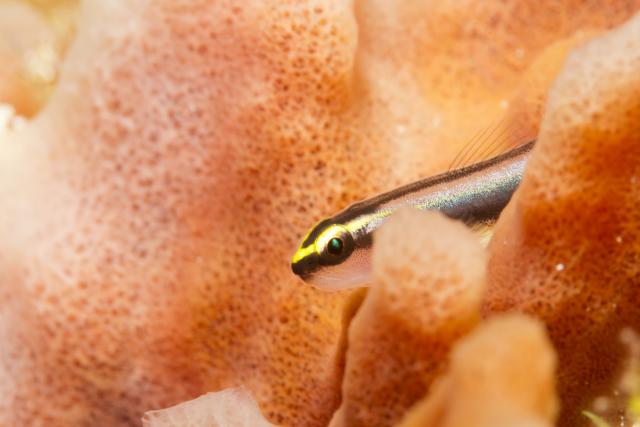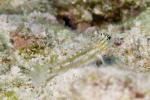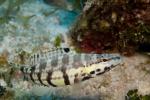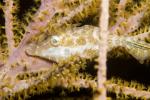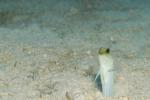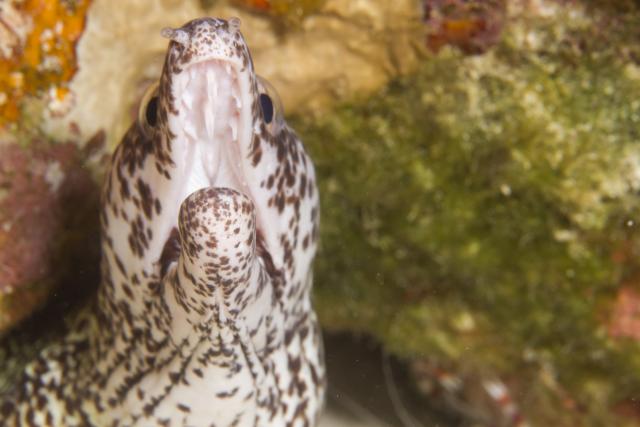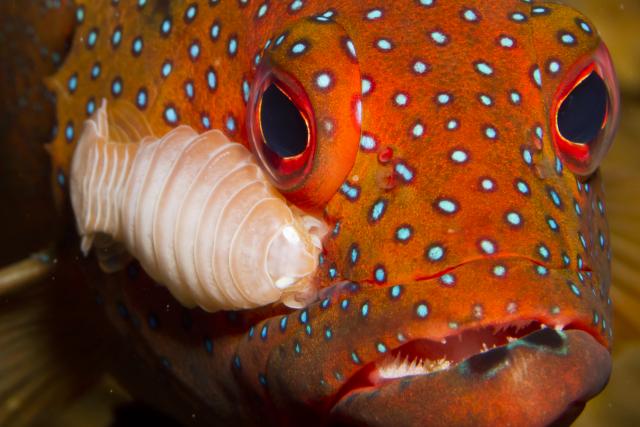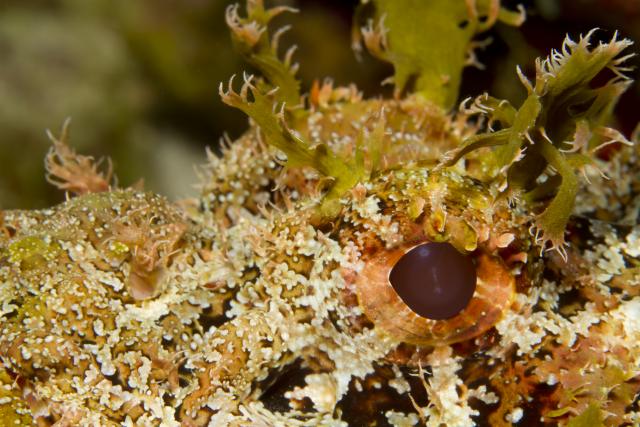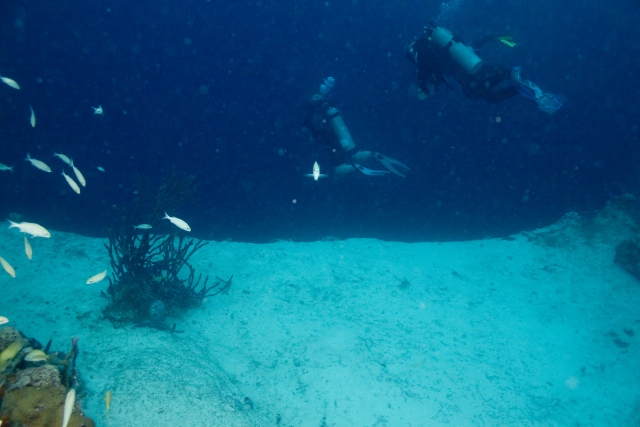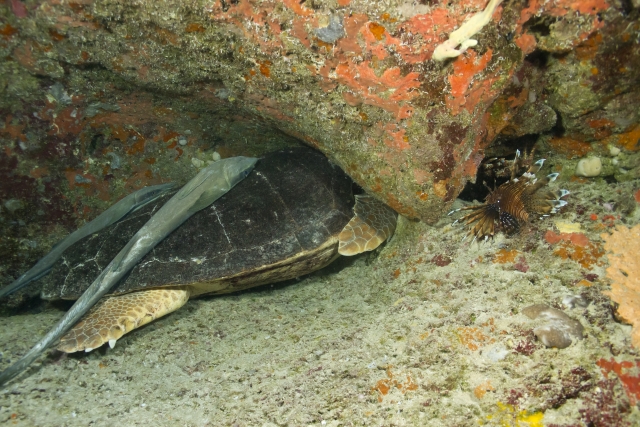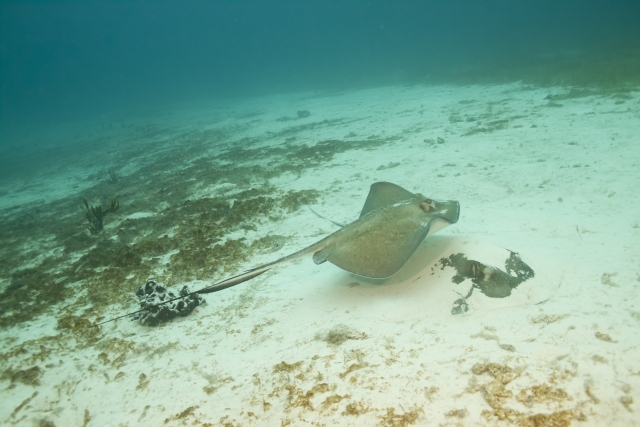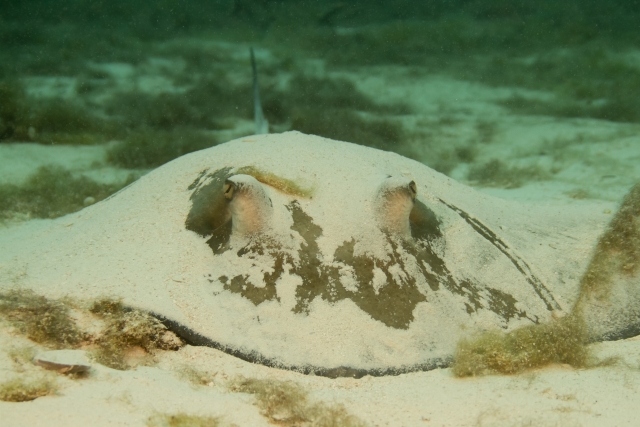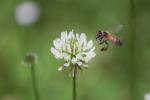fish
Celebrating 6 Years with Post #600!
ktuli — Sun, 01/17/2016 - 18:01
Ok - so admittedly, I intentionally have not posted in a while, but that was so that I could post my 600th post on the six year anniversary of starting my blog. A lot has happened over six years, and I've taken a ton of photographs (I honestly don't even know how many!). I have done some bigger posts for other anniversaries, so I wanted to do something similar again... but how to do it.
Then it hit me, why not take a look back at my top six favorite styles of photography. Some have been a strong interest since the start (like macro photography of spiders and bugs), while some are pretty new (videography - ok, I know it isn't technically photography, but it still requires a camera!), and some I only enjoy sometimes (landscape), though others I'd do every day if I could (underwater), and some I work hard to get (wildlife), and others that I don't work for but allow it to come to me as the subject warrants (black & white). Of course sometime I am doing multiple styles of photography all at once. But let's take a quick stroll through some examples of each style with some photos that may have gotten over-shadowed or missed for whatever reason throughout the years...
|
Admittedly, I don't consider myself a very good landscape photographer. It is an area I'd like to improve upon. I don't know if it is a perceived or real lack of good landscape subjects, or just a lack of skill to see and turn those good landscape subjects into good photos. But I do get lucky from time to time, and when you're in an iconic landscape such as Yosemite National Park, it is pretty easy. I'm cheating a little, because I have shared a very similar photo to this before, but I felt this shot is different enough that I'd use it here for my landscape example... |
|
My newest interest in photography, I enjoy putting some more life into my subjects and showing more than just a still image. I doubt it will ever become anything I do as intensely as regular photography, but it is definitely a new addition to the hobby. Whether it is with the GoPro camera during scuba dives, or with time lapse photography, video definitely gives me another creative outlet for the camera. |
So there you have it... six styles of photography, six years worth of trips, experiences, passion, sights... all recorded and shared here in 600 posts. Amusingly enough, at three years, I made the claim that I looked forward to three more years but figured a site redesign was in order before then and I'm still using the exact same site. I do think that needs to change, but part of my reluctance is the fantastic compendium that this site has become for me. I quite often refer back to old posts to share things again or even just a reference for myself. So hopefully I can figure out the challenge of upgrading this site while maintaining the integrity of all of the history that I've built here. For now though, I'll focus on continuing to capture and share photos like these!
Thanks for stopping by!
- Bill
PS: If you are interested in exploring further into some of these examples, the section headers and the "button" below are links to the history of posts that have been tagged with that label, so if you want to see more of any specific style of photography, just click and explorer!
Turks and Caicos Explorer 2015: Goby in Tube Sponge
ktuli — Sun, 12/20/2015 - 19:35
A small goby (Elacatinus spp.) in a tube sponge (Agelas tubulata)...
Technical Data: Canon EOS 7D, Canon EF 100mm f/2.8L Macro IS USM, 1/200th sec at f/16. Image Stabilization on. ISO 400. Ikelite Housing and Port and Ikelite 161 Strobe in TTL Mode. Raw conversion in Photoshop CS5.
- Bill
Turks and Caicos Explorer 2015: Patterns of the Reef (part 7)
ktuli — Wed, 12/09/2015 - 14:40
Ok - another entry in my Patterns of the Reef semi-abstract series. This one brings yet another Peppermint Goby (Coryphopterus lipernes), but this time sitting on some sort of brain coral (I couldn't get a species ID).
Because I couldn't pick which one I liked better, you get two shots this time...
Technical Data: Canon EOS 7D, Canon EF 100mm f/2.8L Macro IS USM, 1/200th sec at f/32. Image Stabilization on. ISO 400. Ikelite Housing and Port and Ikelite 161 Strobe in TTL Mode. Raw conversion in Photoshop CS5.
Technical Data: Canon EOS 7D, Canon EF 100mm f/2.8L Macro IS USM, 1/200th sec at f/32. Image Stabilization on. ISO 400. Ikelite Housing and Port and Ikelite 161 Strobe in TTL Mode. Raw conversion in Photoshop CS5.
- Bill
Turks and Caicos Explorer 2015: Roughhead Blenny
ktuli — Sun, 12/06/2015 - 17:35
Really?!? The weekend is over already???
This Roughhead Blenny (Acanthemblemaria aspera) shares my feelings on the approaching Monday too it seems...
Technical Data: Canon EOS 7D, Canon EF 100mm f/2.8L Macro IS USM, 1/200th sec at f/25. Image Stabilization on. ISO 400. Ikelite Housing and Port and Ikelite 161 Strobe in TTL Mode. Raw conversion in Photoshop CS5.
I need another vacation!
- Bill
Turks and Caicos Explorer 2015: Cleaning Goby and Graysby
ktuli — Thu, 12/03/2015 - 20:25
It is a dangerous job, but somebody's gotta do it!
At first glance, this photo might look like just a big fish with a big mouth showing off some teeth.
Well, truth be told, he is showing off those teeth, but not to the camera... Look a little closer...
Ok - if you didn't notice that little fish in the first shot, scroll back up and look for it - it is right on the bigger fish's upper lip. Now, I know it is blurry in this second shot, but see that stripe inside the fish's mouth, that's that little fish! So now you might be thinking he's a goner... but let's look a little closer still...
Now there are two of them in there!?!? What the heck is going on?
Technical Data: Canon EOS 7D, Canon EF 100mm f/2.8L Macro IS USM, 1/160th sec at f/16. Image Stabilization on. ISO 400. Ikelite Housing and Port and Ikelite 161 Strobe in TTL Mode. Raw conversion in Photoshop CS5.
Well, the big fish is a Graysby (Cephalopholis cruentatus) - they're in the grouper family, and the little fish are Cleaning Gobies (Elacatinus genie). While it may look like the Graysby is eating the tiny little Gobies, that couldn't be further from the truth. In fact, it is the gobies that are getting a bit to eat!
The little cleaning gobies provide a service to the other fish on the reef by eating parasites and removing stuck morsels of food that may have gotten stuck in teeth, jaws, and even between gills. There is an unwritten code that the gobies are safe to swim in and out of the bigger fish's mouth to provide this service, and they don't have to worry about getting swallowed up. Somehow the bigger fish manage to provide some sort of body language to the cleaning gobies to let them know they need some work, and the gobies know how to interpret the other fish to know when it is safe.
You can see this going on on the reef almost all day long, but it definitely seems more prevalent in the morning hours - maybe fish get morning breathe and this helps, I don't know... All I do know is that is it a very cool interaction between species and it is always fun to witness and photograph it during a dive.
I've shared some other photos of some Pederson's Cleaning shrimp providing the same service before.... perhaps next time I'll have to remember to get some video.
- Bill
Turks and Caicos Explorer 2015: Fish Assortment 1
ktuli — Tue, 12/01/2015 - 19:19
Ok - we'll skip the chit-chat today and just get right to an assortment of fish portraits. Enjoy!
Mouseover the thumbnails to display the larger version.
Tune in tomorrow - I think I'll do a Shrimp Assortment!
- Bill
Turks and Caicos Explorer 2015: Impressive Teeth
ktuli — Sun, 11/29/2015 - 11:55
You might think that a post with the title of "Impressive Teeth" might be about a shark or perhaps even a baracuda, but no... these particular set of chompers belong to a "small-ish" eel.
Spotted Morays (Gymnothorax moringa) are pretty common on the reef, and they are often pretty bold and will hold their ground and allow a close approach, making for some nice close-up shots. They also need to continually force water over their gills by opening and closing their mouths which allows for a nice view of their impressive fangs. It might appear intimidating at first, but they are rarely aggressive.
Technical Data: Canon EOS 7D, Canon EF 100mm f/2.8L Macro IS USM, 1/160th sec at f/16. Image Stabilization on. ISO 400. Ikelite Housing and Port and Ikelite 161 Strobe in TTL Mode. Raw conversion in Photoshop CS5.
The most impressive things about their teeth? Notice that third row of teeth down the middle? They're the only animal that I know of that have those. They've meant to help them catch and hold fish. (Oh - and check out the bonus banded coral shrimp in the above shot).
Here's a slightly closer shot...
Technical Data: Canon EOS 7D, Canon EF 100mm f/2.8L Macro IS USM, 1/160th sec at f/16. Image Stabilization on. ISO 400. Ikelite Housing and Port and Ikelite 161 Strobe in TTL Mode. Raw conversion in Photoshop CS5.
- Bill
Turks and Caicos Explorer 2015: Coney and Isopod
ktuli — Wed, 11/25/2015 - 16:32
Ok - some folks (Anya included) will consider today's photo creepy or gross, but I still find it a fascinating part of the marine world.
This Coney (Cephalopholis fulva) has a Cymothoid Isopod (Anilocra sp.) attached to its face. What is most interesting is this is not a true parasite. The isopod does not actually feed on the tissue of the fish, but rather just hitches a ride and collects morsels of food that don't make it into the fish's mouth. Some fish will only have a single one of these hitchhikers on their face, while others have one on both sides. The single ones tend to be juveniles or females, while the unfortunate fish with two have a mated pair that will remain there for the remainder of their lifespans.
Technical Data: Canon EOS 7D, Canon EF 100mm f/2.8L Macro IS USM, 1/200th sec at f/16. Image Stabilization on. ISO 400. Ikelite Housing and Port and Ikelite 161 Strobe in TTL Mode. Raw conversion and cropped in Photoshop CS5 (mouseover for original).
While the book says that they don't harm the fish, you can definitely see how this one is starting to give this coney a bit of an "Elvis lip".
- Bill
Turks and Caicos Explorer 2015: First Peek
ktuli — Tue, 11/24/2015 - 19:16
Ok - so I haven't posted in a while, but I have a good reason... last week, Anya and I were on another dive trip aboard the Turks and Caicos Explorer II. This is our second time on this boat, and we had a great time. I've got plenty of cool stuff to share - including some things I've never seen before and some video courtesy of my GoPro which I had mounted on top of my SLR housing for most of the dives!
I surprised myself by quickly identifying a rather cryptic and expertly camouflaged fish very early on during our first dive. This Spotted Scorpionfish (Scorpaena plumieri) blended almost perfectly into the reef. Unfortunately, in my excitement, I neglected to capture a full body shot and instead focused in on the fleshy appendages that help to camouflage the fish.
Technical Data: Canon EOS 7D, Canon EF 100mm f/2.8L Macro IS USM, 1/200th sec at f/16. Image Stabilization on. ISO 400. Ikelite Housing and Port and Ikelite 161 Strobe in TTL Mode. Raw conversion in Photoshop CS5.
I'm going to try and get through the photos as quickly as possible, but it likely will take a while. Honestly, I usually come home pretty exhausted from dive trips, and I've been finding myself yawning quite a bit since we got home. And speaking of which, I did manage to capture a shot of this scorpion fish "yawning" - it isn't the best shot, but it does show the cool bright yellow color that is hidden inside their lips. Fish "yawns" are one of those things that are just cool to get photos of, but are pretty challenging to get. This being my first one, I'm pretty pleased with it...
Technical Data: Canon EOS 7D, Canon EF 100mm f/2.8L Macro IS USM, 1/200th sec at f/16. Image Stabilization on. ISO 400. Ikelite Housing and Port and Ikelite 161 Strobe in TTL Mode. Raw conversion in Photoshop CS5.
Like I said, I've got plenty of good stuff to share, so stop back regularly for more photos from this trip!
- Bill
Aqua Cat: Lost Blue Hole & The Invisible Stingray
ktuli — Wed, 02/04/2015 - 19:32
There you go - if that post title doesn't work for a band name or some murder mystery novel, I don't know what would... ;)
Anyway, our second to last dive on our most recent trip was at a site called "The Lost Blue Hole". A blue hole is basically an underwater sinkhole, and is so named because from above they appear a deep dark blue color when compared to the shallow light blue color of the reef and sand around them.
This photo really doesn't do justice to this blue hole, but does kind of give the idea of what it is like to dive into one - to some extent, it felt like diving off a cliff.
Technical Data: Canon EOS 7D, Canon EF-S 18-55mm f/3.5-5.6 II at 18mm. 1/200 sec at f/5.6. ISO 800. Ikelite Housing and Port with Ikelite 161 Strobe in eTTL mode. Raw conversion in Adobe Camera Raw.
Even at its widest zoom, my 18-55mm lens couldn't even begin to capture what the opening of this blue hole looked like.
As we went down into the hole, there were many ledges and shelves where various fish and other critters were taking up residence. On one large shelf, there was an enormous sea turtle with two incredibly large remoras attached to it...
Technical Data: Canon EOS 7D, Canon EF-S 18-55mm f/3.5-5.6 II at 18mm. 1/200 sec at f/5.6. ISO 800. Ikelite Housing and Port with Ikelite 161 Strobe in eTTL mode. Raw conversion in Adobe Camera Raw.
There were also plenty of lionfish at this dive site (notice the big one in the right side of the frame).
Since the day was pretty overcast, it was fairly dark down in the blue hole, so Anya and I didn't linger for long. After a few minutes, we went back to the opening to explore the sand and small patch reefs surrounding the blue hole. As we came up, Anya pointed out a medium sized Southern Stingray swimming by us. I quickly framed my shot and rattled off some photos as I gently swam along next to it.
Technical Data: Canon EOS 7D, Canon EF-S 18-55mm f/3.5-5.6 II at 18mm. 1/200 sec at f/5.6. ISO 800. Ikelite Housing and Port with Ikelite 161 Strobe in eTTL mode. Raw conversion in Adobe Camera Raw.
Look closely and see if you can spot the second, much larger stingray hiding right in front of your eyes! I honestly didn't see it the first time by, and I'm glad I wasn't swimming directly over top of it as that could have spooked it and could have been a bad situation.
We also saw a small group of Nurse Sharks, some of which were displaying flashing behavior where they give a quick tail flick while turning and rubbing their sides against the ground or some other rough surface - usually to try and rid themselves of parasites, or just to scratch an itch.
Technical Data: Canon EOS 7D, Canon EF-S 18-55mm f/3.5-5.6 II at 18mm. 1/200 sec at f/8. ISO 800. Ikelite Housing and Port with Ikelite 161 Strobe in eTTL mode. Raw conversion in Adobe Camera Raw.
By this time, I did notice the extra large stingray still hiding itself in the sand. I approached it slowly from the front and managed to get a nice portrait...
Technical Data: Canon EOS 7D, Canon EF-S 18-55mm f/3.5-5.6 II at 18mm. 1/200 sec at f/8. ISO 800. Ikelite Housing and Port with Ikelite 161 Strobe in eTTL mode. Raw conversion and cropped in Adobe Camera Raw.
While the conditions weren't great for photography because of the overcast morning, this was still an interesting dive, and a good reminder to keep my eyes open and look for hidden critters everywhere!
- Bill

